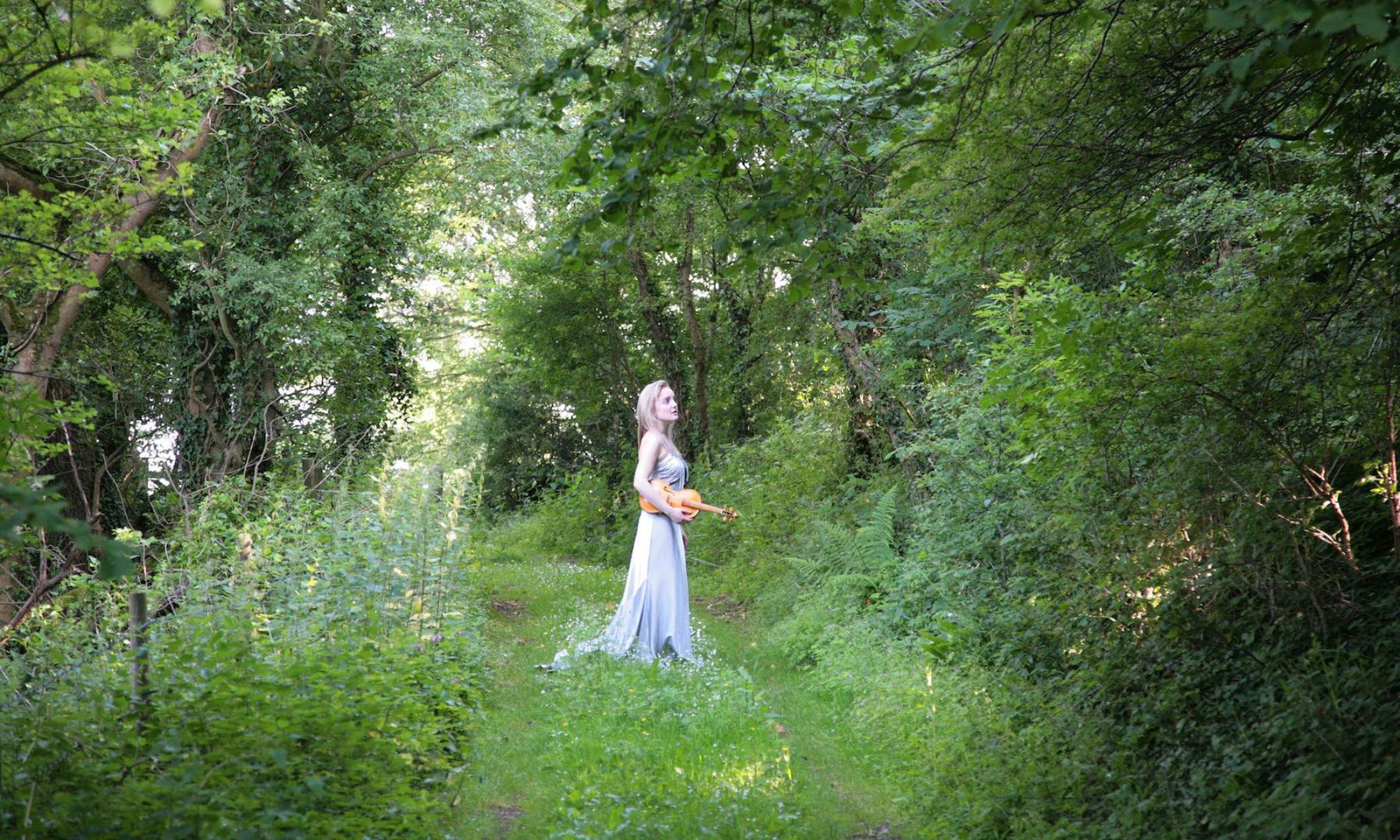I recently started playing the baroque viola in order to complement my baroque violin playing. Here are five things it taught me…
- The viola gives you a sense of historical flexibility.
There are treatises, originating in a time when people were used to swapping between clefs (look and marvel at Renaissance vocal manuscripts for the roots of this ability), that refer in a blasé way to the viola as an adjunct to the violin, that anybody was able to play but that was really just a stepping-stone to higher-status leadership positions.
Yet the historical status of the viola is more complicated than that. When we get into French music, with those two ‘viola’ parts, and early Italian music, and probe the treatises further, we start to get beyond the familiar modern classifications of different kinds of on-the-shoulder members of the violin family.
The principle of making sure that violinists can also play the viola is historically sound. It seems to have been taken for granted in historical times that you’d be able to switch around… just as other forms of flexibility were the norm before that wretched conservatoire tradition took over and the nineteenth century happened and we were all doomed. (I paraphrase the books slightly. But not all that much).
- The viola reminds you: you get out what you put in.
Now that I safely own one, the viola, for me, exists somewhere in a space between being a different instrument and something that I can flexibly pick up. It is bigger. Intonation is different and requires thought. It is good for me to take the technical side seriously; I’ve been reminded of the importance of scales, getting out the Carl Flesch Scale System (viola version this time) and remembering the years of training and honing that I put in so that I can play the violin now. It’s all worth it.
- The viola magnifies violin issues.
It’s therefore a useful extra tool for violinists. This is because of its size. You become very aware of string crossing, and you re-examine what the correct amount of effort feels like, because the distances are bigger. And the work becomes exhilarating once you let the point where the bow contacts the string be the guide.
Playing the viola has clarified a point of left-hand technique for me too. Margaret Faultless once reminded me in a masterclass to think about the third finger of the left hand as a good pivot, centre, or cornerstone, that left-hand stability is not just about the ‘frame’ of the first and fourth fingers. I really see what she means now; the temptation for a violinist beginning the viola is to keep the hand bunched up near the end, only stretching when it has to. But if you organise the whole hand pivoting around the upper fingers, you get the flesh of the fingertips really centred on the strings, the hand begins to take ownership of the fingerboard, and you feel a not-unpleasant stretch right in the middle of your palm. It works best if the middle fingers help with this, not only the outer ones.
This is, of course, basic violin technique. But once you’ve figured it out on the viola, the violin feels like a child’s toy!
- The viola gives you a further perspective on what you’re doing as an historically-informed artist.
It makes you analyse what you want to do to make your work better. We historically-informed players feel a constant tension between our efforts to reclaim and understand an earlier time, and our awareness that we live in the present and can’t undo the intervening centuries and the efforts of the musicians and pedagogues who have come between. Without believing in a misguided idea of ‘progress’, that the work of eighteenth-century musicians must have been defective in comparison to what’s available to us now, I know I want to do all sorts of technical work specific to the viola that has been worked on since that time. And that’s OK.
- The viola teaches you about learning.
I’m learning about learning, about how the brain works and moulds itself. In the early days when reading the alto clef was new, I found myself switching between scores, saying to myself ‘That’s a D, and so is that’, making connections, creating and reinforcing pathways in the brain. One of the main jobs of the brain is to classify, organise, and remember. That’s learning. And picking up a new discipline that’s intimately connected with a long-held skill is a great way to get it working.
